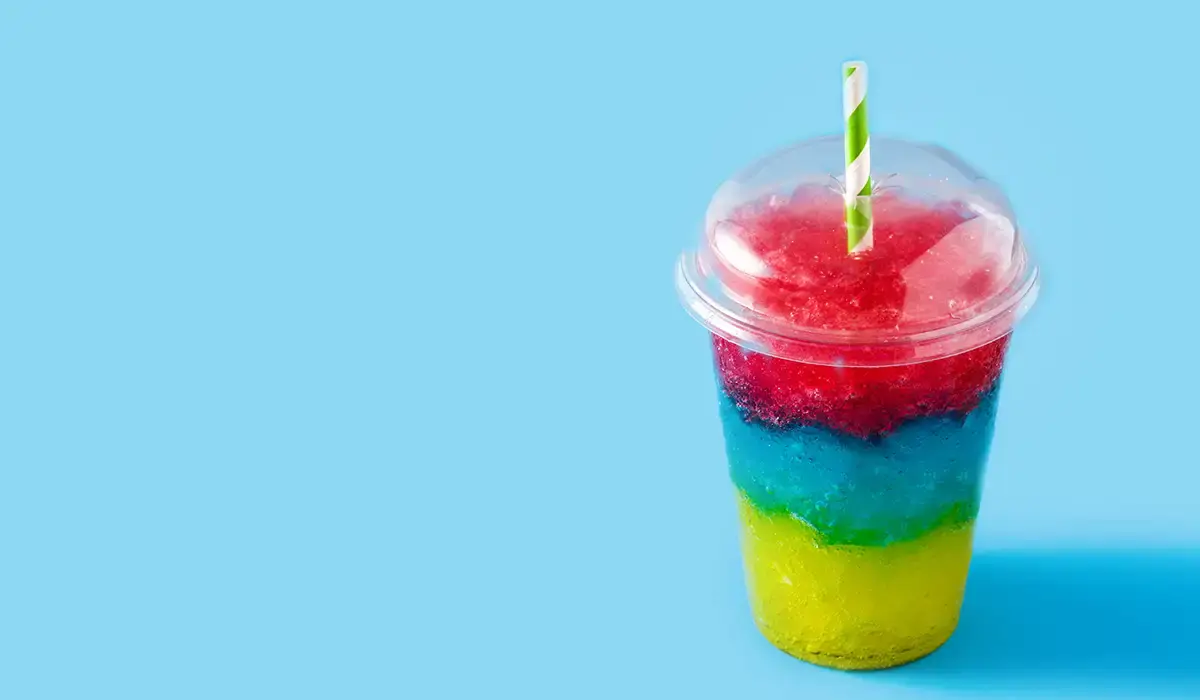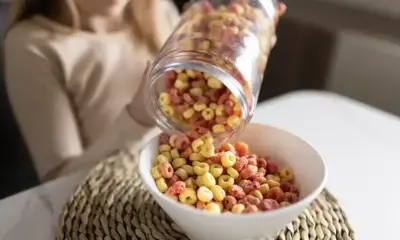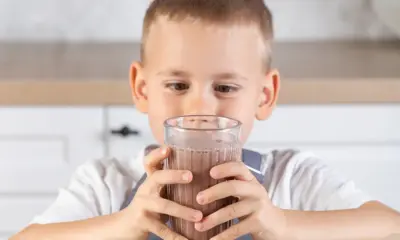Food & Nutrition
The Hidden Dangers of Slushies for Young Children

Slushie Dangers for Kids: What Parents Should Know This Summer
Understanding the Risk: Slushies and Hospital Visits
This summer, families should know the potential slushie dangers for kids, especially after recent hospitalizations in the United Kingdom. Some reports describe children becoming seriously ill, including one two-year-old who lost consciousness after drinking a Slush Puppie. Doctors later found the child had dangerously low blood sugar, known as hypoglycemia, due to glycerol.
What Is Glycerol and Why Does It Matter?
Glycerol, sometimes called glycerin, is a sugar alcohol used to create that unique semi-frozen texture in slushies. The Food and Drug Administration considers it generally safe, but issues may arise when consumed in large amounts. In smaller bodies, glycerol can act more potently, causing nausea, vomiting, diarrhea, or even dangerously low blood sugar.
Dr. Meghan Martin, pediatric emergency physician, explains that sugar alcohols like glycerol can sometimes trigger seizures and coma in young children. Therefore, parents must remain cautious. While the U.S. hasn’t seen many documented cases yet, experts appreciate the U.K.’s findings.
Why Are Slushies a Greater Risk for Younger Children?
Nutrition expert Ashley Kim, MPH, RDN, LD, notes children under 10 weigh significantly less than adults, increasing their susceptibility. Because side effects depend on body weight, small children can reach toxic levels faster than adults.
According to Kim, food additives like glycerol can have higher toxic potential in kids, especially when consumed in high quantities quickly. She emphasizes that moderate amounts might be safe for older children but not for younger ones.
Global Reaction to Slushie Risks
Following hospitalizations, Food Standards Scotland advised kids under four avoid slushies containing glycerol. Children aged 10 and older should consume no more than one. While the U.S. FDA hasn’t yet issued similar guidance, Dr. Martin urges parents to consider the U.K.’s advice.
“Slushies contain large amounts of sugar alcohols to keep their slush texture,” Martin explains. “This can be too much for small kids.”
Slushie Dangers for Kids: Real Health Concerns
The discussion around Slushie Dangers for Kids emphasizes the balance between safety and enjoyment. As awareness grows, medical experts expect more reports of reactions. However, that doesn’t necessarily mean slushies have changed—it means we now understand them better.
Ashley Kim adds that beverages like plain milk, unflavored water, and 100% fruit juice remain safest. Families should treat slushies as occasional desserts, not everyday beverages.
Choosing Safer Summer Beverages
While glycerol poses one concern, parents should remember slushies also contain large amounts of added sugar. According to Kim, high sugar intake contributes to long-term health problems, including obesity and diabetes.
Hydration is especially important in warm weather, and slushies don’t make ideal hydration solutions. Instead, Kim recommends water, 100% fruit juice, or electrolyte drinks.
Still, slushies can be enjoyed occasionally—if served in moderation. A six to eight-ounce portion may be suitable for older children, but younger kids should avoid them entirely.
Slushie Dangers for Kids: Who Should Avoid Them?
Healthcare experts agree: children under four should not drink slushies with glycerol. Children aged four to ten should consume them rarely, if ever. The main concern lies in their small size and the likelihood of quick overconsumption.
Sugar alcohols can cause health issues faster in smaller bodies. Also, children with existing metabolic or digestive conditions may be more vulnerable to side effects. Parents should check labels for glycerol or other sugar alcohols when purchasing frozen beverages.
Other Foods Containing Glycerol
Beyond slushies, glycerol appears in many foods. Although usually safe in moderate quantities, parents should still monitor intake. Common foods that contain glycerol include:
- Ice cream
- Jarred sauces
- Dried fruits
- Cake icings
- Marshmallows
- Canned soups
- Condiments
- Soft candies
- Energy bars
These products may not pose dangers individually, but large combined intake could lead to adverse reactions in sensitive kids.
Safer Homemade Summer Drinks for Kids
Kim suggests fun alternatives using whole ingredients. Parents can make homemade slushies without the added risks by using fresh fruits, juices, and frozen produce. Her green grape slushie recipe is both nutritious and kid-approved.
Green Grape Slushie Recipe
- 1 cup frozen green grapes
- 1/4 teaspoon lemon or lime juice
- 1/4 cup white grape juice (substitute apple juice if desired)
Blend until smooth, scrape sides, and blend again. Serve chilled with a fun straw. For variety, swap green grapes with purple ones to make a purple version.
Slushie Dangers for Kids: What Parents Should Take Away
Slushie Dangers for Kids are not about fearmongering—they’re about informed choices. Slushies might seem like harmless treats, but some children face real health risks. Parents can minimize dangers by understanding ingredients and limiting how often kids consume them.
Medical experts agree moderation is key. Occasional small servings for older children may be fine, but kids under four should avoid glycerol-based slushies entirely. Awareness and safe alternatives help everyone enjoy a sweet summer treat without putting health at risk.
Explore more health and parenting updates like this one by browsing the latest news on our website.








